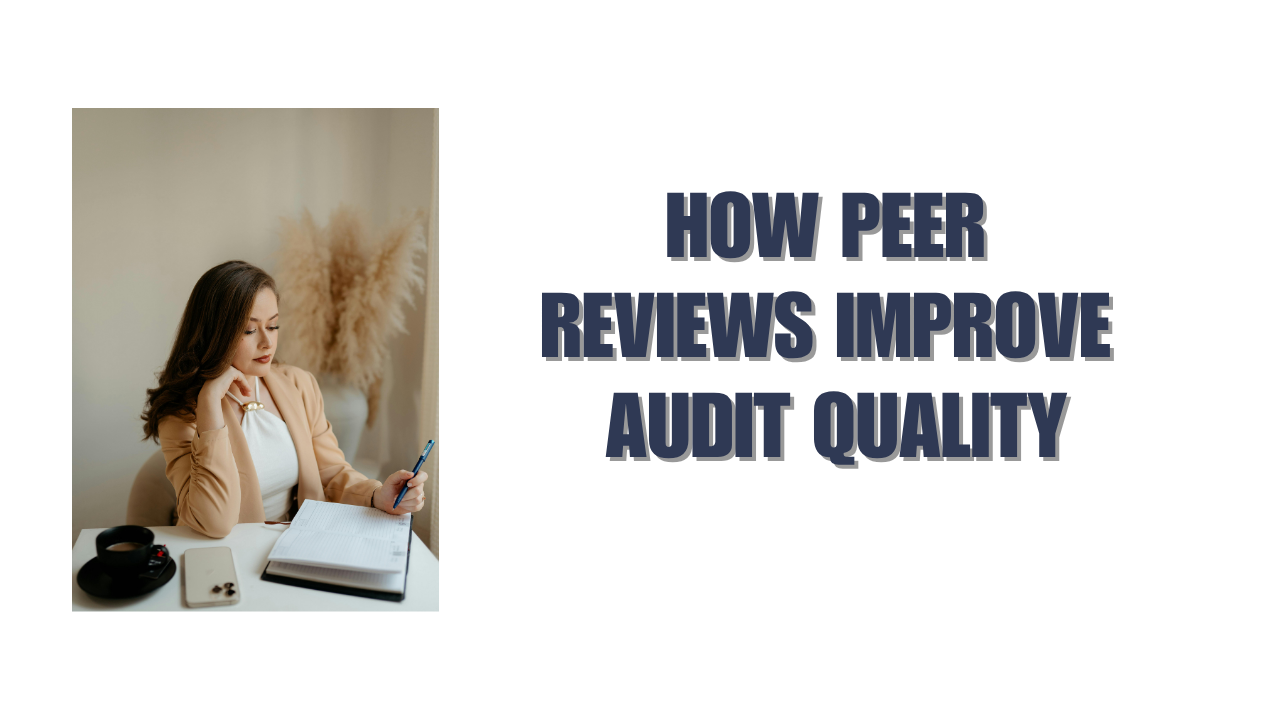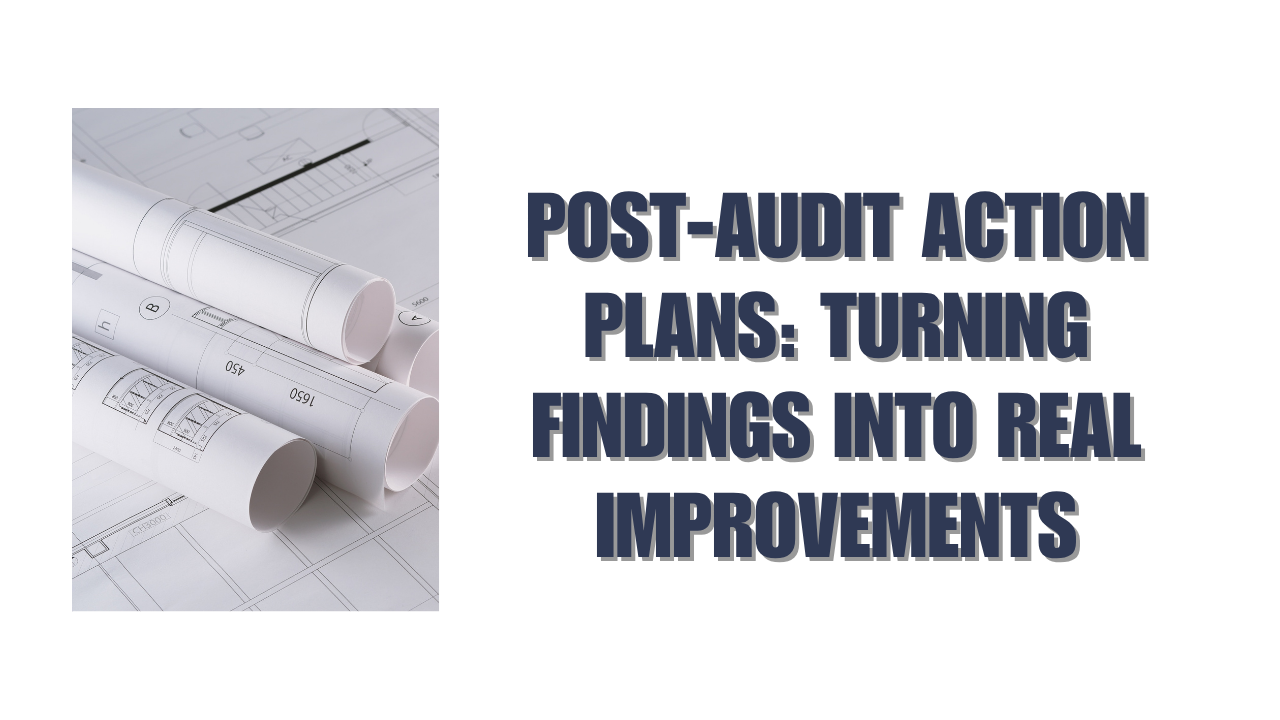An audit report is a critical document that communicates findings, risks, and recommendations to management, boards, and stakeholders. Within this report, the executive summary plays a pivotal role. It condenses complex audit information into a concise, clear, and actionable overview, ensuring decision-makers grasp key insights quickly and can act effectively.
At Aurora Financials, we emphasize the importance of crafting executive summaries that are not only informative but also persuasive, highlighting critical issues and recommended actions. Done correctly, they transform audit findings from technical documents into strategic tools.
Why Executive Summaries Matter
Management and board members often have limited time to review lengthy audit reports. A well-written executive summary:
- Provides a clear snapshot of the organization’s audit outcomes.
- Highlights high-risk areas and compliance gaps.
- Summarizes recommendations that require immediate attention.
- Supports strategic decision-making by focusing on actionable insights.
Without a strong executive summary, important findings can be overlooked, delaying action and reducing the value of the audit process.
Key Components of an Effective Executive Summary
A high-quality executive summary balances brevity with completeness, ensuring readers understand the core messages without wading through detailed audit data. Essential elements include:
1. Purpose of the Audit
The executive summary should start by explaining why the audit was conducted. Whether it’s a routine financial audit, compliance review, or risk assessment, clarity on the audit’s scope and objectives sets context for the findings.
2. Scope and Methodology
Briefly describe the scope of the audit and the methods used. This provides confidence that the findings are based on rigorous analysis and objective evaluation. Include the departments, processes, or systems reviewed and the timeframe covered.
3. Key Findings
Highlight the most significant observations from the audit. Focus on high-risk issues, material misstatements, or operational inefficiencies that require immediate attention. Use clear, non-technical language to ensure that board members or executives without deep technical knowledge can understand the impact.
4. Recommendations
Summarize the most important recommendations and actions management should take. These should be practical, prioritized, and linked to the corresponding findings. A clear call to action increases the likelihood that audit recommendations will be implemented.
5. Overall Assessment or Conclusion
Conclude the summary with a high-level assessment of the organization’s compliance, operational efficiency, or risk management posture. This gives readers a quick understanding of the audit’s overall outcome.
Tips for Writing Executive Summaries
Writing an effective executive summary requires careful attention to clarity, conciseness, and relevance. Best practices include:
- Keep it concise: Limit the summary to one to two pages. Focus on high-impact issues.
- Use plain language: Avoid jargon or overly technical terminology. Decision-makers should understand the message without needing an audit background.
- Prioritize content: Present the most critical findings and recommendations first.
- Quantify impact: Include data or metrics where possible, such as potential cost savings, compliance penalties avoided, or operational efficiencies gained.
- Highlight action items: Clearly indicate what management needs to do and the expected benefits.
Benefits of a Strong Executive Summary
A well-crafted executive summary delivers tangible benefits to the organization:
Enhanced Decision-Making
By providing a clear overview of risks, issues, and recommendations, executives can make informed decisions quickly.
Increased Implementation of Recommendations
A concise and prioritized summary improves the likelihood that audit recommendations will be acted upon, resulting in measurable audit cost savings and operational improvements.
Improved Stakeholder Communication
External stakeholders, such as investors or regulators, can quickly understand the audit outcomes, enhancing trust and transparency.
Focused Follow-Up
Management and auditors can easily track actions, prioritize resources, and monitor progress on key recommendations.
Common Mistakes to Avoid
Even seasoned auditors sometimes struggle with executive summaries. Common pitfalls include:
- Overloading with detail: Including excessive technical information dilutes key messages.
- Vague recommendations: Recommendations that lack specificity or clear responsibility can be ignored.
- Ignoring impact: Failing to explain the potential financial, operational, or compliance impact reduces urgency.
- Poor structure: A disorganized summary makes it difficult to quickly grasp critical findings.
By avoiding these errors, audit reports become actionable tools rather than static documents.
Leveraging Technology to Improve Executive Summaries
Technology can enhance audit reporting and executive summaries:
- Data Analytics: Identifies high-risk areas and trends that should be highlighted.
- Automated Reporting Tools: Help generate summaries directly from audit data.
- Dashboards: Visualize key findings and recommendations for quick understanding.
Aurora Financials integrates technology into our audits to ensure executive summaries are accurate, concise, and actionable, making the audit process more efficient and impactful.
Partnering with Audit Experts
Effective executive summaries require both audit expertise and communication skills. Engaging professionals ensures that summaries are objective, precise, and aligned with strategic priorities.
Aurora Financials works closely with clients to prepare executive summaries that convey critical insights, facilitate decision-making, and ensure audit recommendations drive real improvements.
Conclusion
Executive summaries are the gateway to audit impact. When written effectively, they communicate critical findings, highlight risks, and provide actionable recommendations that support strategic decision-making. They also improve the implementation of recommendations, helping organizations achieve operational efficiencies and audit cost savings.
By following best practices-conciseness, clarity, prioritization, and actionable recommendations-executive summaries transform audit reports from static documents into tools that drive organizational improvement.
If your organization wants to ensure that audit reports and executive summaries are clear, actionable, and impactful, Aurora Financials can provide expert guidance to maximize the value of your audits.
Contact Aurora Financials today to learn how we can help craft executive summaries that translate audit insights into strategic action and measurable results.






